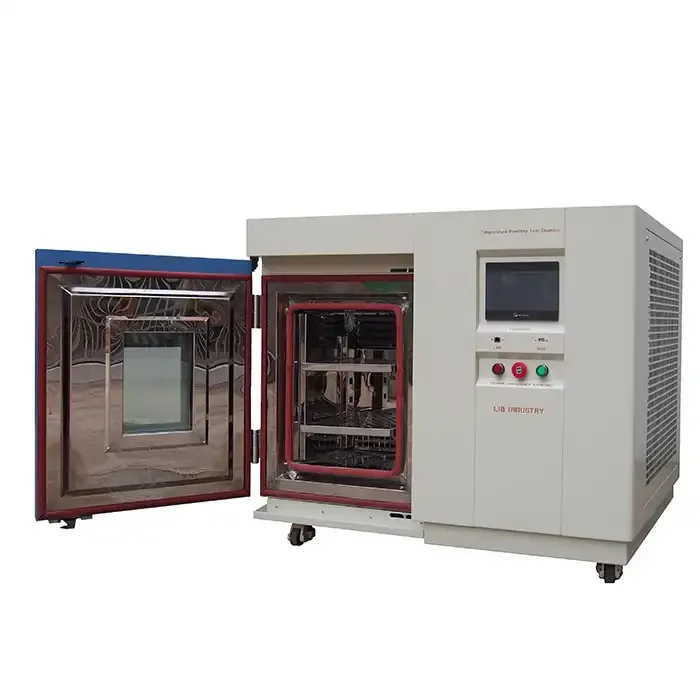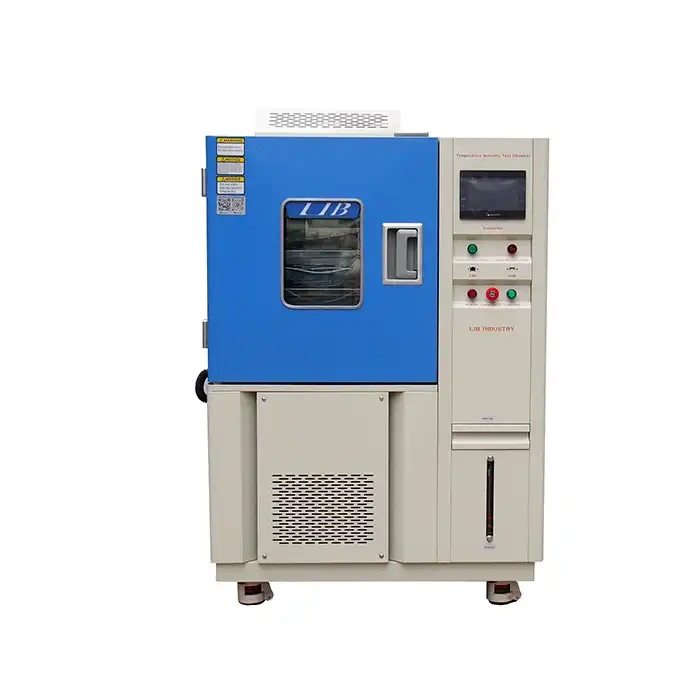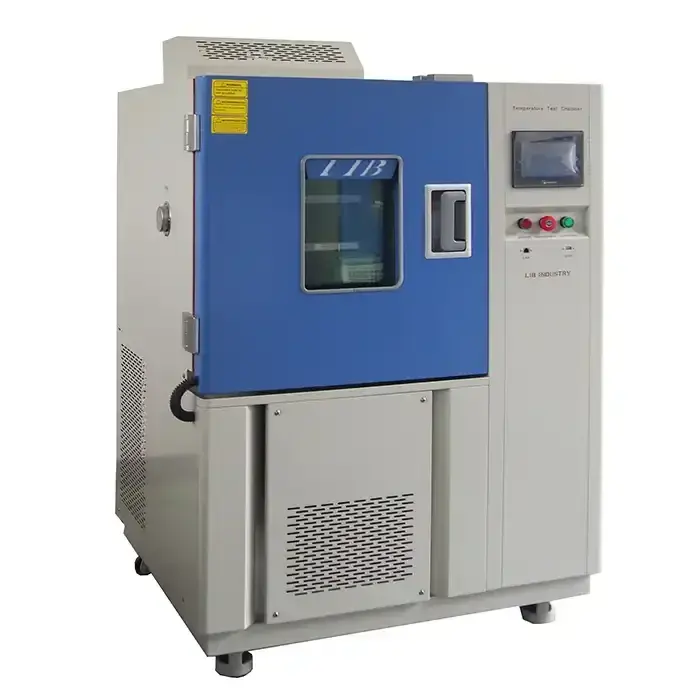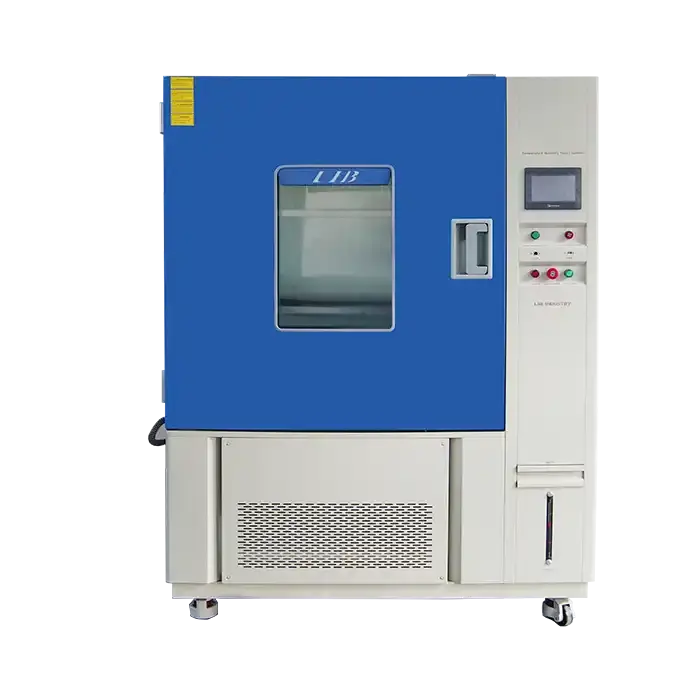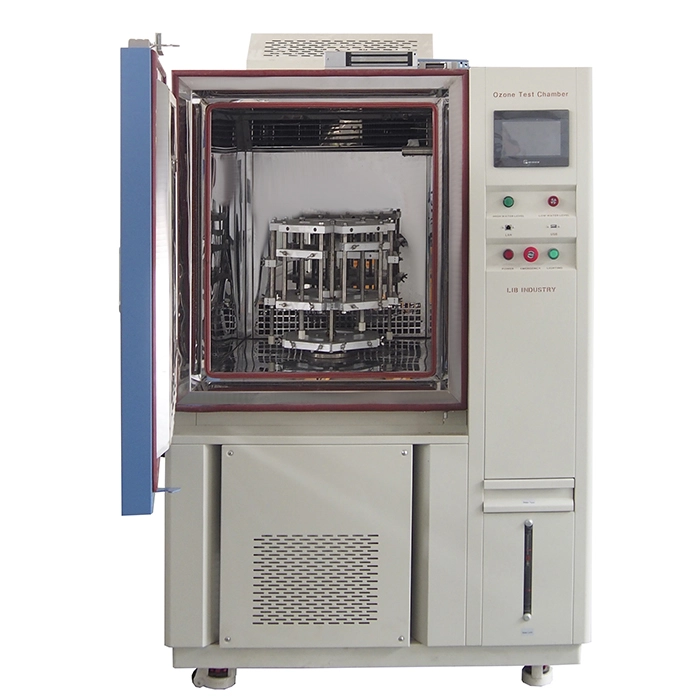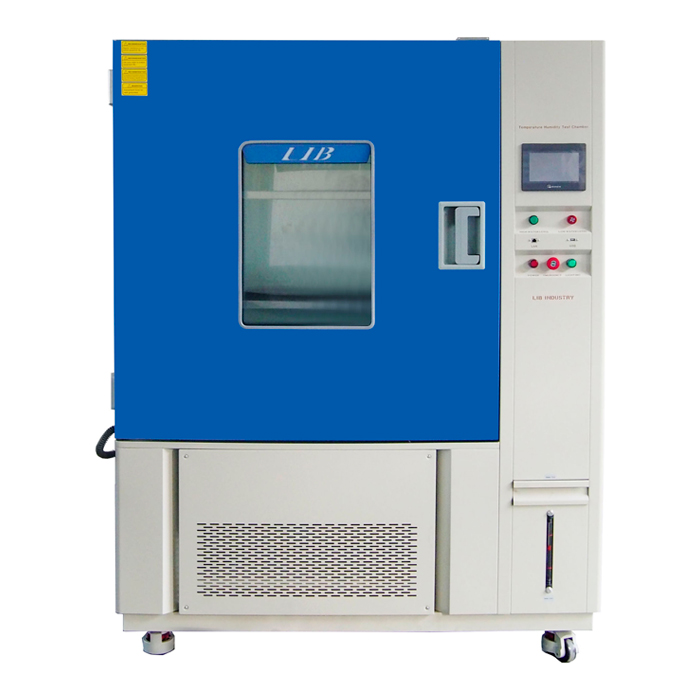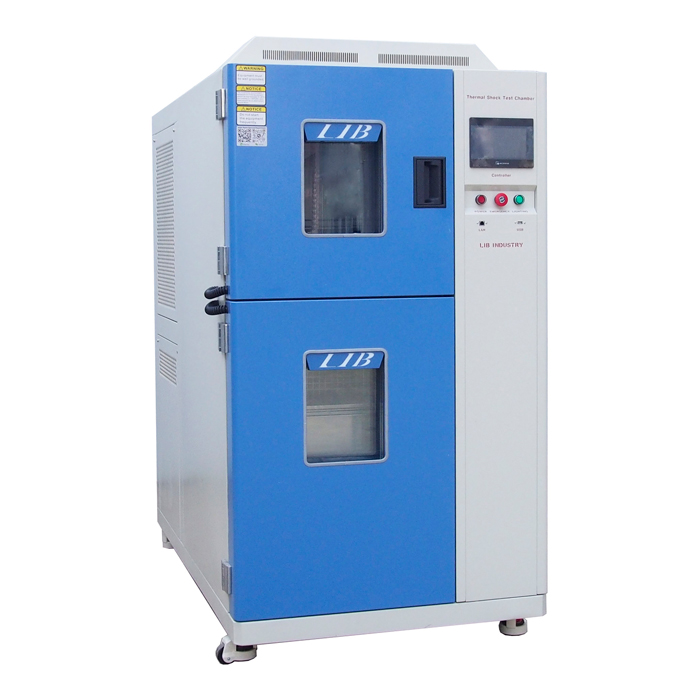How do you calibrate a humidity chamber?
How do you calibrate a humidity chamber?
A temperature humidity environmental chamber must be calibrated in order to maintain accurate and dependable testing conditions in a variety of industries, such as the manufacturing of electronics and pharmaceuticals. Calibration is necessary to validate the product's performance and ensure compliance with regulatory standards because it ensures that the chamber accurately reproduces the specified temperatures and humidity levels.
There are a few important steps in the calibration process. To begin, reference standards are compared to the accuracy of the chamber's sensors. To guarantee consistency and perceptibility, qualified specialists typically use certified gear during this change association. Based on the results of the calibration, the chamber's settings can be changed to fix any problems and make it work better.
To address the opportunity of sensor accuracy float long term, which can be achieved by average mileage or regular factors, standard change is recommended. Manufacturers frequently adhere to an adjustment plan that is based on industry guidelines and internal quality confirmation methods in order to maintain the validity of test results.
In order to keep a complete alignment history, adjustment strategies and results for dampness chambers should be meticulously recorded as part of best practices. For audit purposes and to demonstrate compliance with quality standards during inspections or certifications, this documentation is essential. Moreover, to restrict the impacts of outside factors on testing precision, change ought to be completed in stable normal circumstances.
Industries can confidently carry out testing that accurately reflects the conditions of the real world if environmental chambers for temperature, humidity, and air quality are calibrated accurately. In addition to supporting managerial consistency and client confidence in the concept of manufactured stock, this further develops thing steadfastness and execution. Alignment systems are always essential for reducing the dangers posed by incorrect testing conditions and maintaining chamber execution at its highest level.
Understanding the Importance of Calibration
Before getting into the specifics, it is essential to comprehend the significance of calibration. A temperature-humidity environmental chamber is essential for re-creating real-world conditions when testing various products. To ensure the validity and dependability of these tests, the chamber must operate within precise temperature humidity environmental chamber. Calibration ensures consistency and accuracy over time by verifying and adjusting these parameters.
Adjustment is more important than just being accurate; In addition, it ensures compliance with industry standards and regulations. A precise chamber calibration is necessary when evaluating the stability of pharmaceutical drugs or the durability of automotive components. It makes sure that the conditions under which products are tested exactly reflect the conditions they will encounter in certified applications.
By maintaining calibrated environmental chambers, industries can confidently rely on test results to make educated decisions regarding product quality, safety, and performance. To furnish a review trail of consistence with quality affirmation conventions, alignment techniques are normally done via prepared specialists utilizing instruments that have been adjusted and fastidiously recorded.
In conclusion, calibrating temperature-humidity environmental chambers is not only a technical requirement, but it is also an essential step in ensuring that the testing conditions used in various industries are consistent and reliable. It aids in the delivery of high-quality goods that meet stringent performance standards and regulatory requirements by preserving the integrity of R&D and manufacturing processes.
Steps to Calibrate a Humidity Chamber
Calibrating a humidity chamber involves a systematic approach to adjust and validate its performance. Here’s a step-by-step guide:
Preparation and Setup: Begin by preparing the chamber for calibration. Ensure it's clean and free from any residue that could affect sensors or readings. Set the chamber to a stable temperature humidity environmental chamber level before starting.
Sensor Verification: Verify the accuracy of the chamber's sensors. This can be done using certified reference instruments or equipment designed specifically for sensor verification. Check both temperature and humidity sensors against known standards.
Adjustment and Calibration: Based on the sensor verification, make adjustments as necessary to align the chamber's readings with the reference standards. Calibration may involve tweaking the chamber's settings or sensor calibration settings within its control system.
Validation Testing: Once adjustments are made, perform validation tests to ensure the chamber operates within specified tolerances. This step involves running the chamber through various temperature and humidity cycles while monitoring its performance against set criteria.
Documentation and Reporting: Document all calibration activities meticulously. Record initial readings, adjustments made, validation test results, and any issues encountered during the process. This documentation is crucial for audit trails and maintaining compliance with industry standards.
Best Practices for Maintaining Calibration
To sustain the accuracy of your temperature humidity environmental chamber post-calibration, consider these best practices:
- Regular Maintenance: Schedule routine maintenance checks to keep the chamber in optimal condition.
- Calibration Intervals: Establish a calibration schedule based on usage frequency and industry guidelines.
- Environmental Conditions: Place the chamber in a stable environment away from direct sunlight, drafts, or vibrations that could affect its performance.
- Staff Training: Train personnel involved in chamber operation and calibration to ensure proficiency and consistency.
- Quality Assurance: Implement quality assurance protocols to detect deviations from calibrated parameters promptly.
Conclusion
Calibrating a humidity chamber is an essential foundational practice for ensuring consistent testing conditions in a variety of industries, in addition to being a routine activity. To ensure that the test results are accurate and consistent, a series of steps must be taken to check and alter the temperature humidity environmental chamber.
Organizations can achieve a few fundamental objectives by adhering to comprehensive alignment conventions. Its primary function is to guarantee the precision of the test results, which is crucial for making well-informed decisions regarding the quality and performance of the product. In addition, this precision makes it simpler to follow the rules, ensuring that products meet safety and effectiveness requirements before they are released onto the market.
Additionally, effective calibration improves operational effectiveness by lowering the variability of testing conditions. In addition to smoothing out production processes, this consistency reduces the likelihood of costly errors or disparities in test results.
For industries that rely on environmental testing, such as the pharmaceutical, electronics, and automotive sectors, calibrated humidity chambers are essential tools. They provide a controlled environment in which products can be simulated and evaluated to determine how they will perform under particular conditions, like fluctuating levels of humidity and extreme temperatures.
In essence, calibration entails a commitment to the precision and quality of testing procedures. By instilling confidence in the dependability of results, it encourages innovation and ongoing improvement in product development and manufacturing. By prioritizing thorough calibration procedures, businesses can meet the stringent requirements of today's competitive markets and maintain their reputation for excellence. Interfacing with specialists like LIB can give supportive direction and backing that is custom fitted to the requirements of a particular industry for extra bits of knowledge into enhancing ecological testing arrangements.



